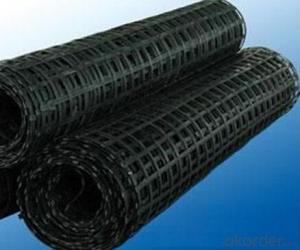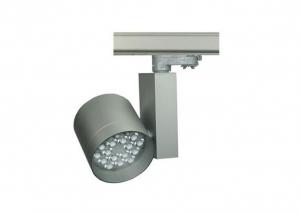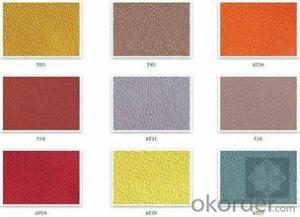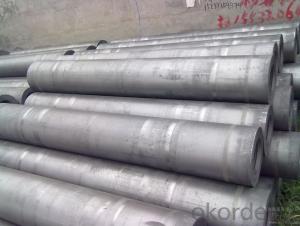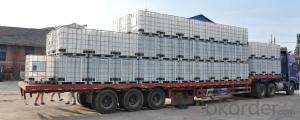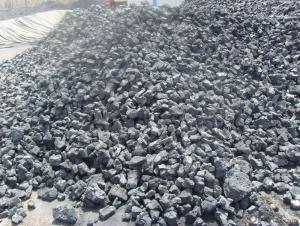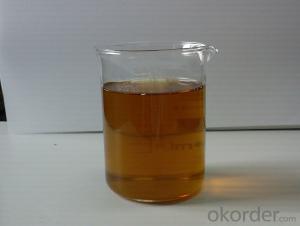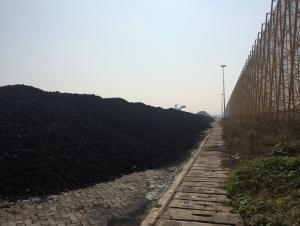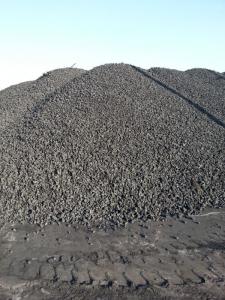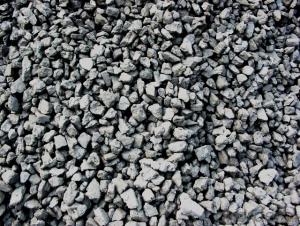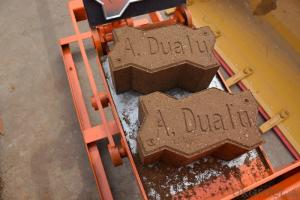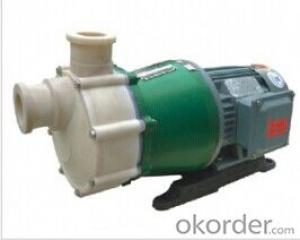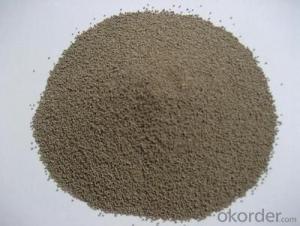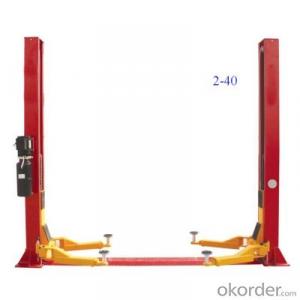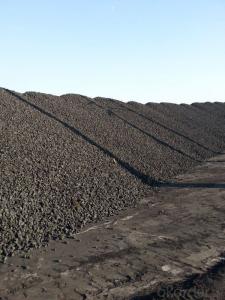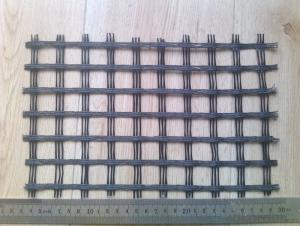Geogrid 40 40
Geogrid 40 40 Related Searches
Self Leveling Grout Geogrid 40 40 Tensar Triax Tx170 GeogridHot Searches
Fiberglass Scaffolding For Sale Fiberglass Panels For Sale Fiberglass Greenhouses For Sale Geogrid Fabric For Sale Gas Powered Core Aerator For Sale Revolution 4 Propeller For Sale Alabaster Carving Stone For Sale Geogrid For Sale Near Me Tensar Geogrid For Sale Geogrid For Sale Ex Display Log Cabins For Sale Photoelectric Cells For Sale Athletic Lockers For Sale Cubicle Partitions For Sale Stearman Propeller For Sale Palram Greenhouses For Sale Gumbo Bowls For Sale Suzuki Propellers For Sale Freight Crates For Sale Outhouse Sheds For SaleGeogrid 40 40 Supplier & Manufacturer from China
Okorder.com is a professional Geogrid 40 40 supplier & manufacturer, offers integrated one-stop services including real-time quoting and online cargo tracking. We are funded by CNBM Group, a Fortune 500 enterprise and the largest Geogrid 40 40 firm in China.Hot Products
FAQ
- Yes, geogrids can be used in retaining walls for industrial facilities. Geogrids provide reinforcement and stability to the soil, increasing the overall strength and durability of the retaining wall. This makes them an ideal choice for industrial facilities where there may be heavy loads or high lateral pressures. Additionally, geogrids can help reduce construction costs and increase the lifespan of the retaining wall.
- Geogrids help in the construction of embankments by providing reinforcement and stability to the soil. They are placed within the embankment to distribute the load and prevent soil movement. Geogrids also enhance the overall strength of the embankment, reducing the risk of settlement and erosion.
- Geogrids improve the performance of geosynthetic encased columns by enhancing their load-bearing capacity, increasing their stability, and reducing settlement. Geogrids act as reinforcing elements within the column, distributing the applied loads more efficiently and preventing lateral spreading. This reinforcement enhances the overall strength and stiffness of the column, enabling it to support heavier loads and resist deformation, settling, and lateral movement. Additionally, geogrids improve the long-term performance of the columns by reducing the potential for differential settlement, ensuring more uniform load distribution, and increasing the overall durability and longevity of the structure.
- Geogrids enhance the stability of steep slopes by providing reinforcement and increasing the soil's shear resistance. They act as a barrier, distributing the applied loads and reducing the potential for slope failure. Additionally, geogrids improve slope drainage, preventing the accumulation of excess water that can lead to soil erosion and instability.
- Yes, geogrids are effective in preventing soil erosion on coastal cliffs. These engineered materials provide reinforcement and stabilization to the soil, preventing it from being washed or blown away by wind or water. They help to distribute the forces applied to the soil, reducing the risk of erosion and slope failure. Additionally, geogrids can promote vegetation growth, further enhancing their effectiveness in preventing soil erosion on coastal cliffs.
- Yes, geogrids are effective in reducing soil erosion. Geogrids provide stabilization and reinforcement to the soil, preventing it from being washed away by water or wind. They act as a barrier, holding the soil in place and reducing the chances of erosion occurring. Additionally, geogrids improve the overall strength and integrity of the soil, making it more resistant to erosion in the long term.
- What is a plastic geogrid? What do you say is a one-way geogrid?
- It can be divided into two kinds, one way and two way.
- Yes, geogrids can be used for load distribution. Geogrids are specifically designed to distribute loads over a wider area, improving the stability and strength of various structures such as roads, retaining walls, and embankments. They help to spread the applied load more evenly, reducing the potential for localized stress and preventing the formation of cracks or failures.


